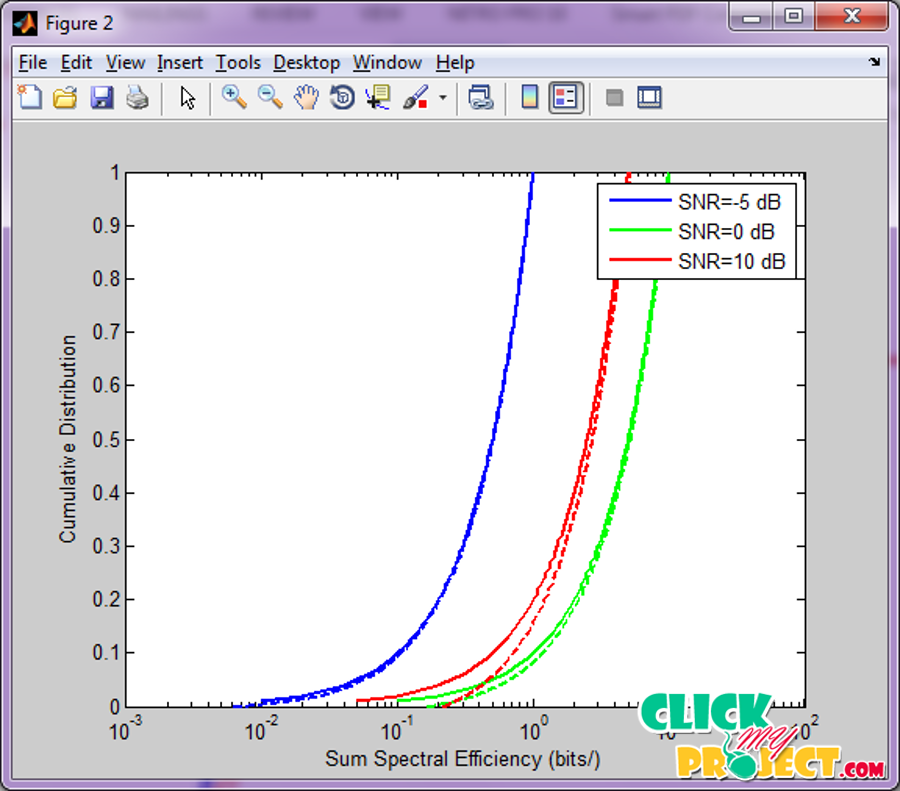Massive MIMO With Optimal Power and Training Duration Allocation
Rs3,500.00
10000 in stock
SupportDescription
Energy harvesting (EH) is a highly promising technology which can support continuous power supply to energy-constrained communication system, such as machine-to-machine and sensor networks. Usually the main goal of the EH communication systems is to maximize the system through-put (i.e., the average achievable rate) under some causality constraints. The harvested energy can originate from the far-field radio frequency (RF) radiation of another device (e.g., a closely located communications transmitter which can transfer power and information simultaneously), or from the ambient RF radiation. Some interference mitigation is offered by limited inter-cell coordination, which is conventionally restricted to scheduling or user assignment mechanisms (e.g. cell breathing) or soft handover techniques. Inter-cell interference is treated as noise at the receiver side and is handled by resorting to improved point-to-point communications between the base station (BS) and the mobile station (MS), using efficient coding and/or single-link multiple-antenna techniques. Optimal precoding over the broadcast (downlink) MIMO channel as well as optimal joint decoding over the uplink involve non-linear computationally intensive operations, which scale poorly with the size of the network. Third, the equivalence between multi-cell systems and MIMO systems only holds in the case of ideal backhaul conditions. Practical cooperation schemes must operate within the constraints of finite capacity, finite latency communications links between base stations. Finally, for an interference channel with more than two transmitters, it is also possible to specifically design transmit signals so that the interferences are always constrained at confined subspaces at each receiver. This allows the receiver to efficiently reject the interference. This idea, known as interference alignment, has been shown to achieve significantly improved multiplexing gain for the MIMO interference network, where both the transmitters and the receivers are equipped with multiple antennas.
Only logged in customers who have purchased this product may leave a review.






Reviews
There are no reviews yet.